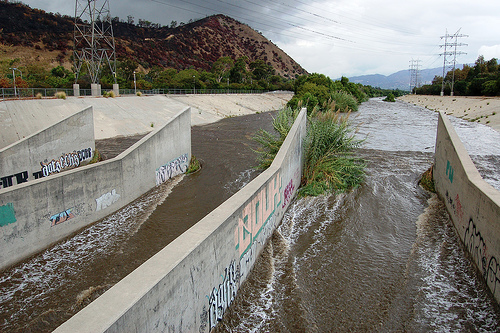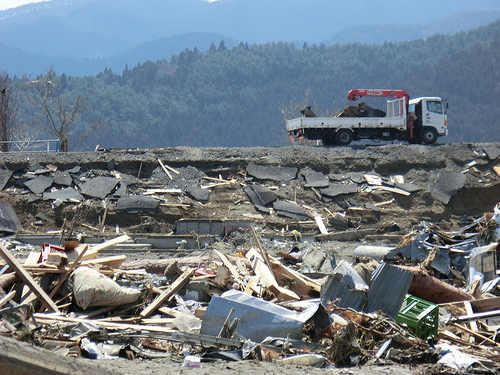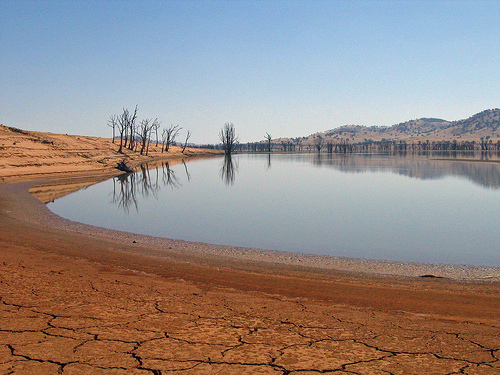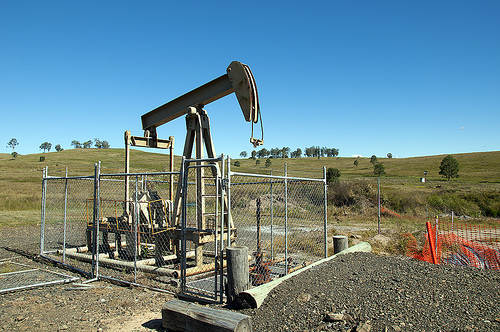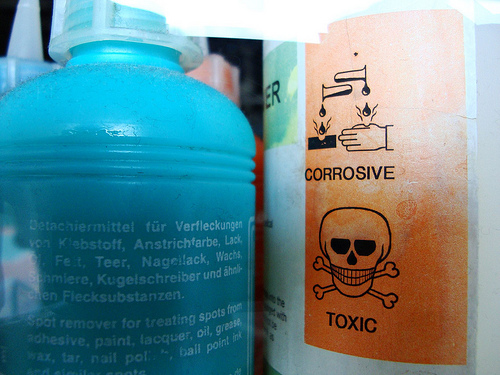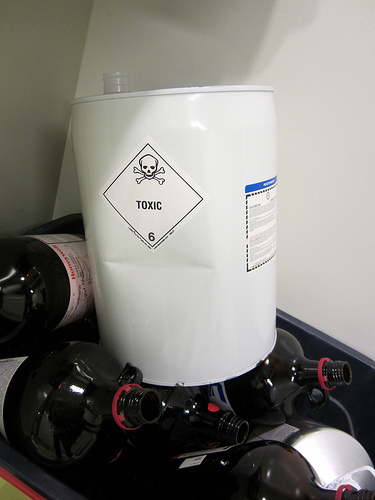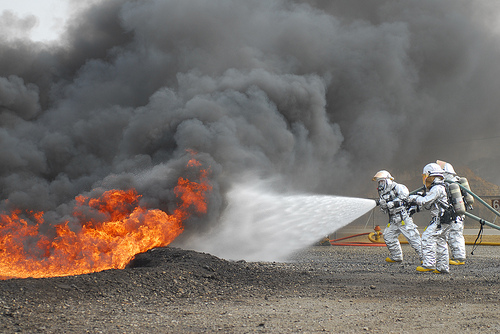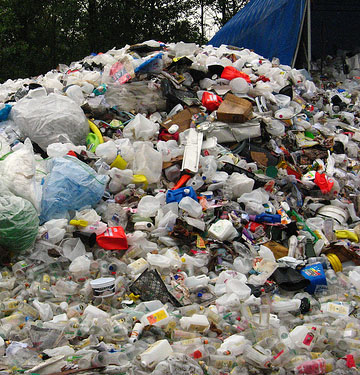Two and a half decades ago, I left my home in Austin, Texas, armed with a BS in Civil Engineering from the University of Texas at Austin with an emphasis in water resources and environmental pollution control, and moved out to Los Angeles, California. My job as a young engineer was to be part of the Los Angeles Department of Water and Powers (LADWP) Superfund Group, a team in charge of assessing and cleaning up four federal Superfund sites in the San Fernando Valley (SVF) of southern California. Having taken Environmental Engineering 101 (“dilution is NOT the solution to pollution”), as well as classes in waste and hazardous waste management, hydrogeology, and many others, I felt ready to tackle the Superfund world…but what was it really?
Audit, Compliance and Risk Blog
Tags: Business & Legal, Audit Standards, Environmental risks, Environmental, EPA
As global attention to climate change and greenhouse gas (GHG) emissions has grown over the past two decades, California has been one of the leading jurisdictions. This began with statewide planning efforts in the 1990s, designed to identify and quantify GHG emissions. After the turn of the millennium it expanded to significant control requirements imposed on targeted source categories—notably a 2002 law (AB 1493) requiring the world’s first GHG emission limits on motor vehicles.
Tags: Health & Safety, Environmental risks, Environmental, EPA, Greenhouse Gas, ghg, Hazcom
Last weekend’s disastrous earthquakes in Nepal are a reminder that natural disasters can strike anywhere. Employers can and should plan for a broad range of events, and can apply guidance from occupational safety and health agencies standards when doing so. The U.S. Occupational Safety and Health Administration (OSHA) requires employers with specified activities to prepare and implement emergency action plans (EAPs), provides guidance for EAPs, and recommends that all employers prepare these plans. Employers can use this structure to prepare for earthquakes.
Tags: Corporate Governance, Employer Best Practices, OSHA, Environmental risks, Environmental, EHS, EPA
California Water Crisis = Rising Consumer Costs for a Vanishing Resource
Posted by STP Editorial Team on Thu, Apr 09, 2015
Although water covers nearly three-quarters of the earth’s surface, only 0.033 percent of the world’s total supply is fresh water available for human use. Water is essential to every form of life, but is often taken for granted by consumers, who generally have maintained an attitude that plentiful water of the highest quality will always be available and is their right, a notion perpetuated by legislation. In 2013 the State Water Resources Control Board (SWRCB) established, under Section 106.3 of the California Water Code, that every human being has the inherent right to clean, safe, affordable, accessible, and adequate water for human consumption, cooking, and sanitation. That’s wonderful…when there is plenty of water to go around.
Tags: Environmental risks, Environmental, EHS, EPA, climate change
Although the pace of fracking projects rises and falls with changes in oil prices, regulation of fracking develops at slower and steadier rates. This month, the U.S. Bureau of Land Management (BLM) has completed nearly five years of rulemaking by revising its rules for oil and gas production from federal and Indian lands, to add requirements for hydraulic fracturing projects. These rules update and expand drilling permit rules in place for three decades. BLM reports that production from over 100,000 onshore oil and gas wells on federally-managed land accounts for 11 percent of U.S. natural gas supply and five percent of its oil, and that over 90% of wells currently being drilled on these land involve hydraulic fracturing.
Tags: Environmental risks, Environmental, EHS, EPA, Greenhouse Gas, fracking, hydraulic fracking
Hazardous Chemicals: Toxic Substances Control Act (TSCA) Approaches 40, Part 2
Posted by Jon Elliott on Wed, Mar 25, 2015
My most recent blog provided a short summary of chemical evaluation and reporting requirements under the Toxic Substances Control Act (TSCA) of 1976. These requirements apply when a manufacturer or importer is preparing to introduce a “new chemical substance” into commerce in the U.S., to provide the Environmental Protection Agency (EPA) with information to evaluate whether chemical hazards require regulatory restrictions (up to and including outright bans) to provide adequate protections to human health and the environment. TSCA does not include any blanket requirement for ongoing studies or updated evaluations of an “existing chemical substance” after it has entered commerce—including those already in commerce when TSCA took effect, so some chemicals have never undergone a regulatory review of their hazards.
Tags: Corporate Governance, Business & Legal, Health & Safety, Environmental risks, Environmental, EHS, EPA, Hazcom
Hazardous Chemicals: Toxic Substances Control Act (TSCA) Approaches 40
Posted by Jon Elliott on Thu, Mar 19, 2015
Tags: Health & Safety, Environmental risks, Environmental, EPA, Hazcom
Environmental Compliance: Are You Using Water Efficiently?
Posted by Jon Elliott on Wed, Mar 11, 2015
Although day-to-day environmental regulations tend to focus on water quality, water quantity is also an issue … and can be a critical one. Here in California, we’re experiencing the third year of a drought of historic proportions; our Sierra Nevada snowpack is at 18% of average as winter ends. As the drought continues, state and local agencies are taking stronger and stronger measures to limit water use. The State Water Resources Control Board SWRCB) has just proposed to expand emergency regulations adopted in July 2014.
Tags: Corporate Governance, California Legislation, Environmental risks, Environmental, EHS, EPA
Have You Completed Your Hazardous Materials Management Plan?
Posted by Jon Elliott on Wed, Feb 25, 2015
A wide variety of federal, state and even local laws apply environmental, health and safety (EH&S) protection requirements to chemicals. EH&S compliance personnel are accustomed to complying with chemical management requirements imposed by the Environmental Protection Agency (EPA), Occupational Safety and Health Administration (OSHA), and their state equivalents.
Tags: Corporate Governance, Health & Safety, OSHA, California Legislation, Environmental risks, Environmental, EPA, Greenhouse Gas, ghg, Hazcom
Expanding Recycling Responsibilities for Specific Solid Wastes
Posted by Jon Elliott on Mon, Feb 23, 2015
Adopted half a century ago, the Solid Waste Disposal Act (SWDA) of 1965 is one of the first federal statutes in the modern era of environmental protection. SWDA focused originally on worries that a “landfill crisis” combined predictions that landfills would soon be too full to provide disposal capacity, and longstanding concerns that poorly designed municipal and industrial landfills might not protect public health. The Environmental Protection Agency (EPA) has applied SWDA authority to adopt landfill standards, which are administered by state and local governments nationwide.
Tags: Corporate Governance, Health & Safety, Environmental risks, Environmental, EPA, Hazcom

